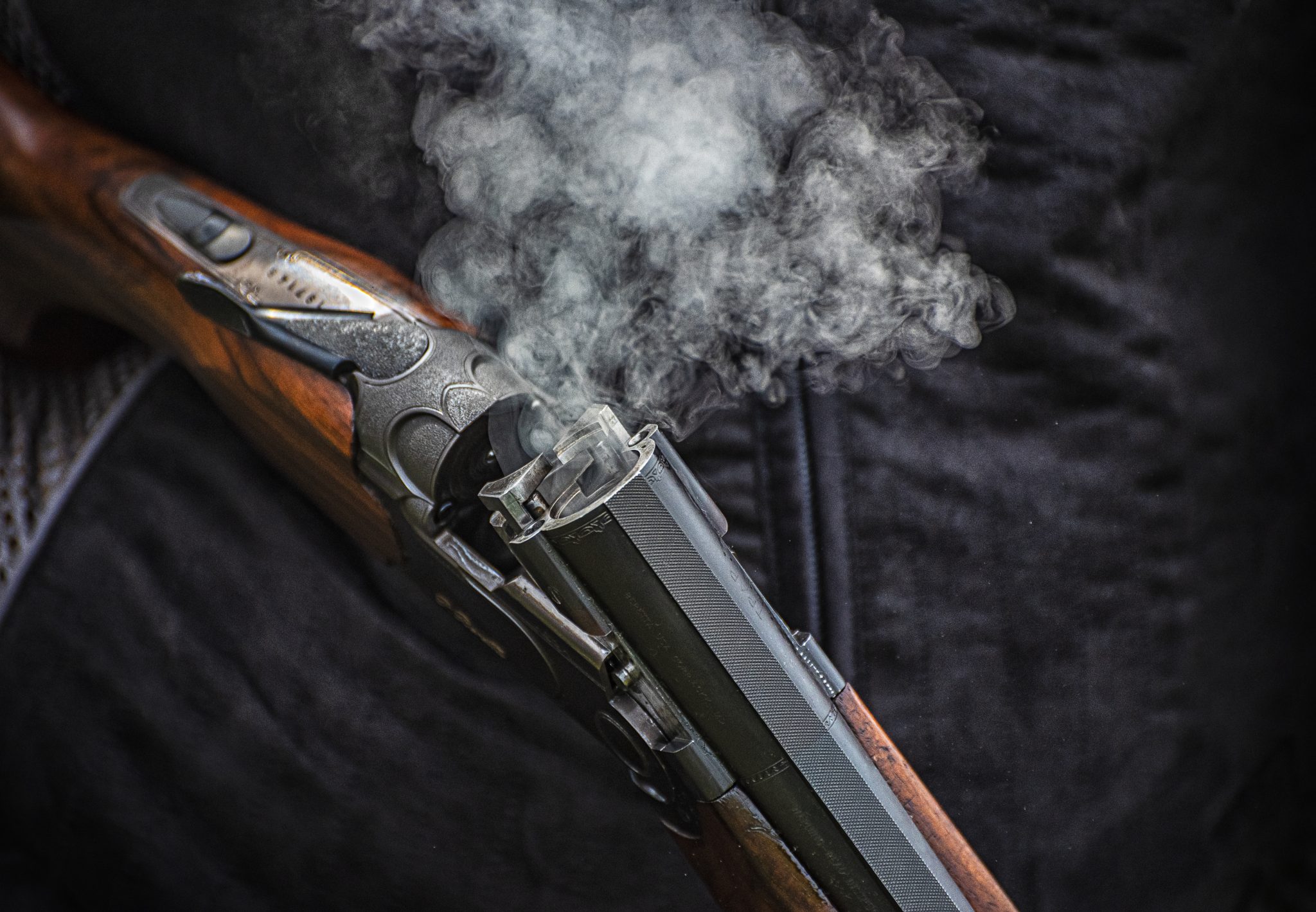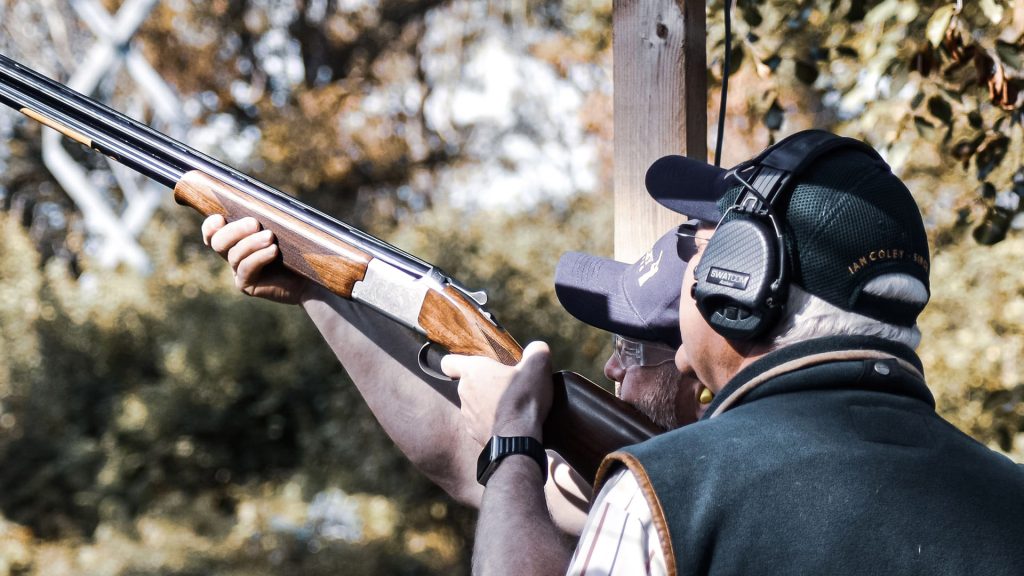Win CENS ProFlex DX5 earplugs worth £1,149 – enter here
Rifle problems: the top 10 issues you’re most likely to come across
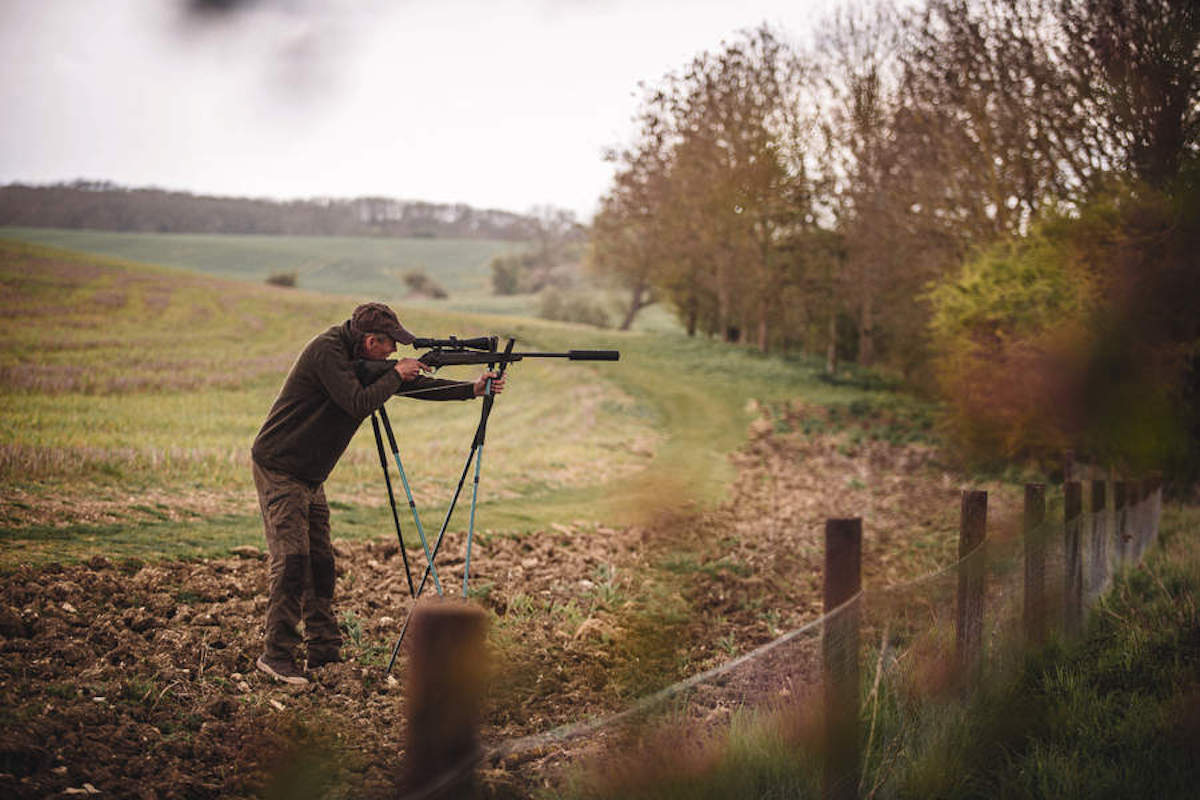
Common causes of rifle problems
- Loose scope mounts. This may be intermittent, thus hard to pin down.
- Ammunition load wrong/OAL wrong /wrong twist-rate for bullet weight. Try some shop-bought factory rounds to rule this out.
- Loose/misaligned/worn-out moderator. Try some shots with the mod removed.
- Trigger set too heavy. If you shoot well off a bipod, but badly off sticks, this might be the cause.
- Barrel fouled or shot-out. Unless you own a borescope, this is best checked by a riflesmith.
- Barrel ‘over-cleaned’. It’s easy to be over obsessive about cleaning your rifle – some guns need a good few rounds through them before they’ll shoot consistently.
- Eroded crown. If in doubt, get a riflesmith to check – it should be easy enough to remedy.
- Eroded chamber. As above – a riflesmith should be able to tell you a) whether it’s worn and b) whether it’s recoverable.
- Action loose, poorly tightened, or incorrectly bedded. For a rifle to shoot accurately, the action needs to be sitting correctly in the stock. Loose bolts are easily fixed, but again, if there’s any doubt, head off to the riflesmith.
- Bolt fouled causing light pin strikes. This doesn’t cause accuracy problems, but it can result in misfires. The cure is usually simply a good clean-through. (Read more on cleaning your rifle.)
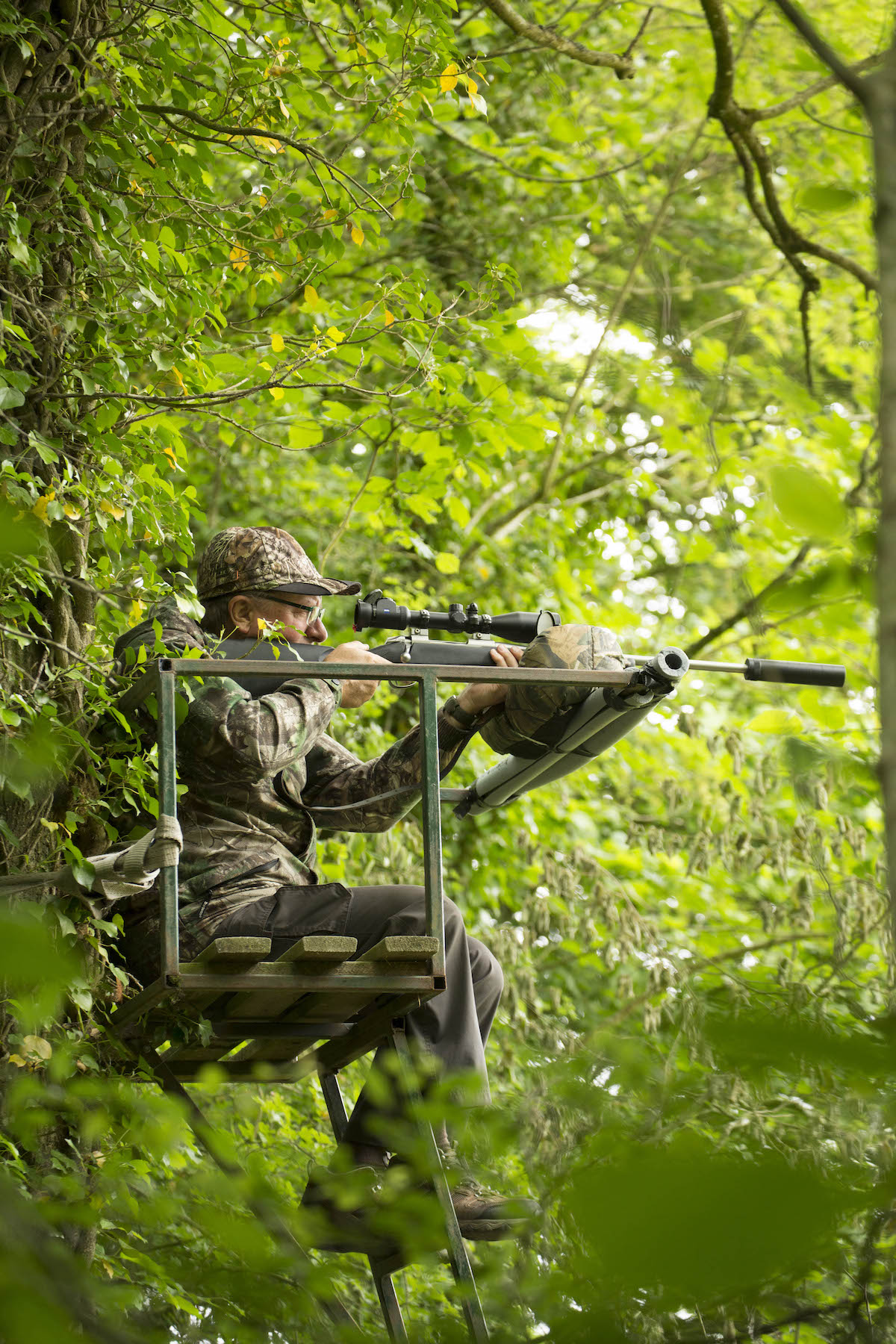
Everyone who shoots regularly will sooner or later experience an unexplained miss
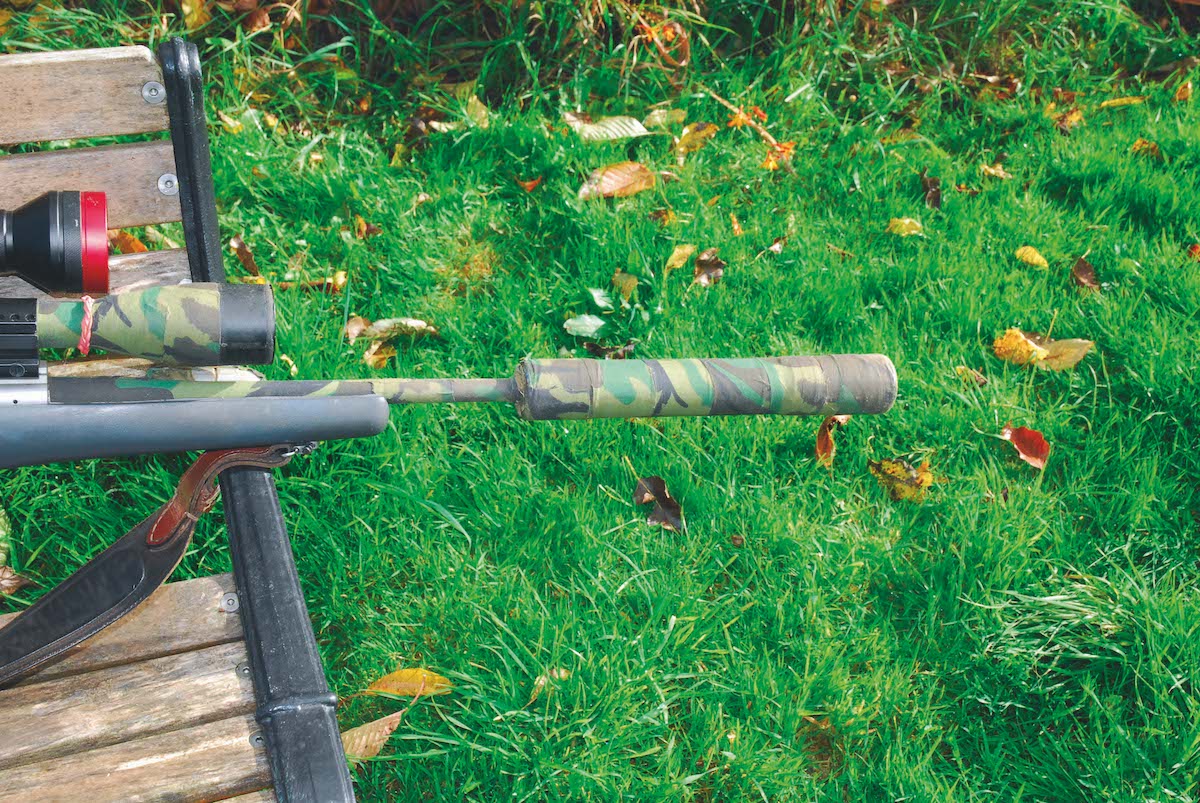
For a number of reasons I won’t use a rifle without a moderator, but they can cause trouble if they’re misaligned, damaged internally or have come loose. A wrap of PTFE tape or a spray of dry moly lube over the thread will not only help prevent it seizing, but will enable you to tighten it fully.
Everyone who shoots regularly enough will sooner or later experience an unexplained miss, no matter what species they’re aiming at. We can usually tell if we pause for a moment whether there was something that might have accounted for it. This might have been a sudden gust of wind or maybe your rest unexpectedly settled. If you’re a night shooter like me, it may not be the time or place to suspend your hunting while you set up a target and check your zero, and this may well eat into your confidence, making it more likely that your next shot will go astray, too.
As I’ve said many times before, confidence is everything, and if you lose that things can go to pot very quickly. The moment you think matters might be heading in that direction, it’s time to get on the range to find out for sure whether there’s a technical problem. A few shots should give you a clue as to what’s going on. If, say, the point of impact is always 50mm to one side, then it may well be as simple as that the scope got accidentally knocked.
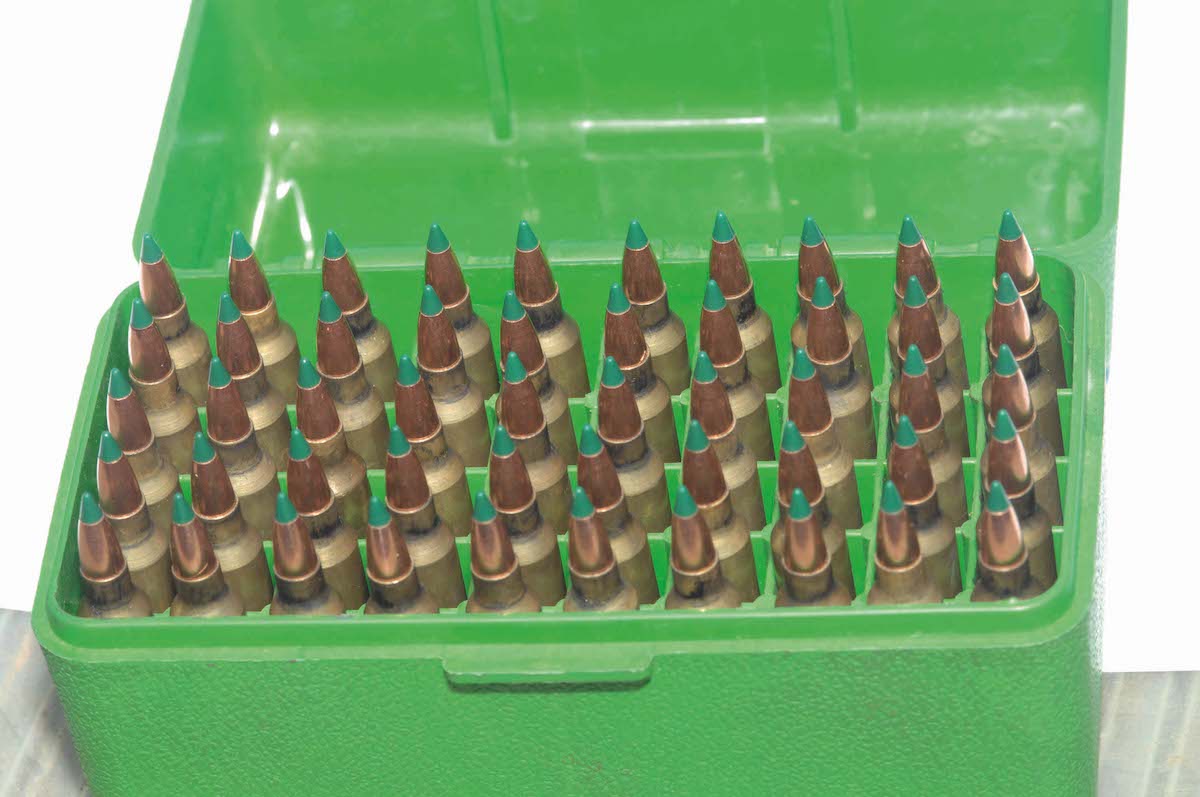
Home-loaded ammunition can save money and allow you to optimise rifle performance, but only if put together properly. If the bullet weight isn’t suitable for your barrel’s twist rate, for instance, it’ll group like a shotgun. Once you have a proven formula, however, it should improve confidence and accuracy.
Another frequent source of rifle problems, if one is fitted, is the moderator. While all may look OK from the outside, one or more of the baffles may have come loose internally, the body might have lost its alignment due to rough handling, or it might be from accidentally bashing it in the dark. Or it might simply have come loose. Any of these can cause a bullet to clip as it passes through – even the slightest contact can send it way off target. The simplest test is to remove the mod and see if the problem goes away.
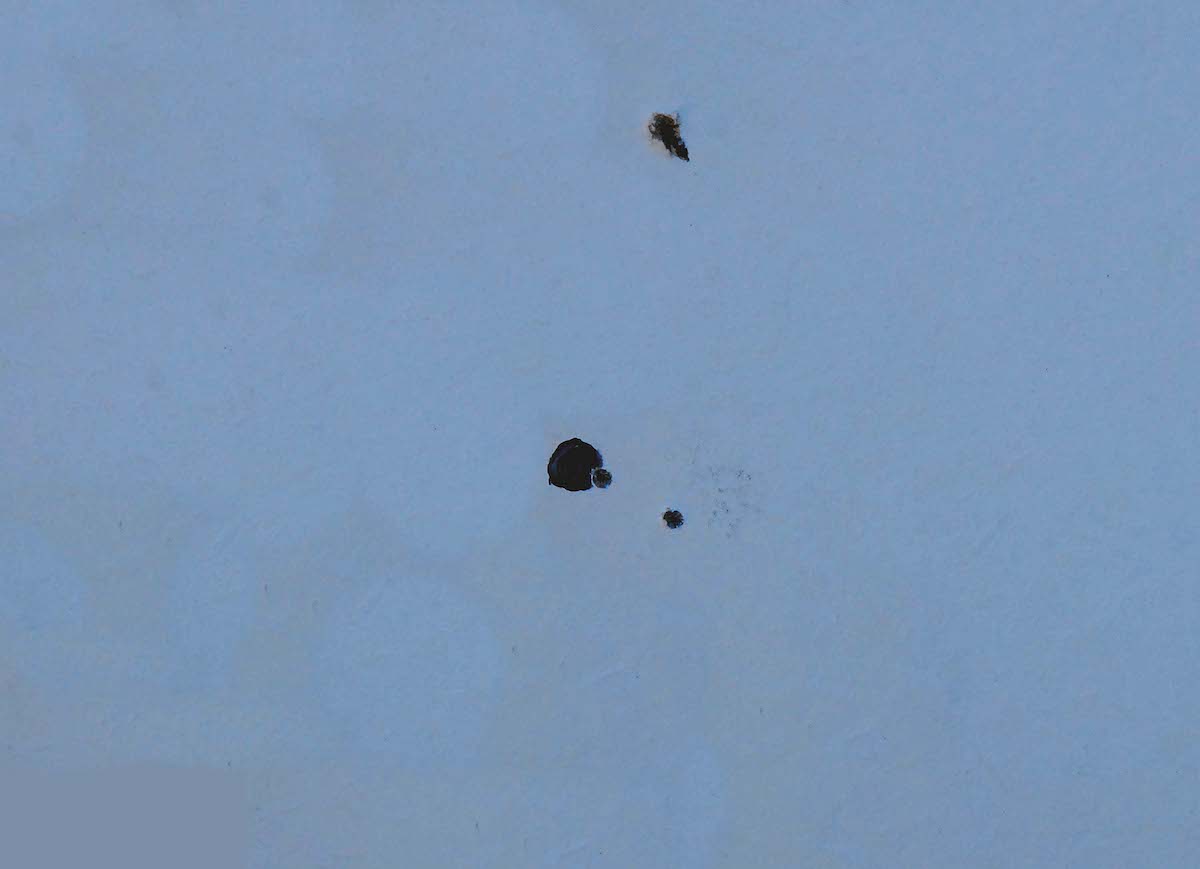
The uppermost hole here shows what keyholing looks like – I was testing some loads when one of my rounds tumbled and impacted sideways much higher than expected. Exactly why it happened I can’t say, but my suspicion is that the powder load was too high, making the bullet unstable.
While you’ve got the moderator off, it’s worth examining the barrel’s crown – that is, the very end, where the bullet exits. If the rifle has fired a lot of rounds, it may have started to suffer from erosion as the result of all the hot corrosive gases that are expelled with every shot. Alternatively, the barrel may simply be worn out – checking it properly is the job of a well-equipped expert though, as a borescope will be needed to be certain. If all the above appears to be OK, then more thought will be needed. If you’re using home-loaded ammo, then that would be the next place I’d look. A box of shop-bought cartridges should give you a good idea whether this is the issue. If so, then it’d be worth spending some time checking out things like whether the bullet weight is appropriate for the barrel twist. If this is wrong the bullet won’t stabilise, something that may not show up at your usual zero range.
Alternatively, the powder load may be slightly too high or too low, something that sometimes gets shown up by the occasional bullet ‘keyholing’ on the target.
Many possibilities
At the end of the day there are so many possible causes of rifle problems and a rifle suddenly losing its accuracy that a single magazine article can’t possibly cover them all. If in doubt, take your gun to a competent riflesmith.
Related Articles
Get the latest news delivered direct to your door
Subscribe to Shooting Times & Country
Discover the ultimate companion for field sports enthusiasts with Shooting Times & Country Magazine, the UK’s leading weekly publication that has been at the forefront of shooting culture since 1882. Subscribers gain access to expert tips, comprehensive gear reviews, seasonal advice and a vibrant community of like-minded shooters.
Save on shop price when you subscribe with weekly issues featuring in-depth articles on gundog training, exclusive member offers and access to the digital back issue library. A Shooting Times & Country subscription is more than a magazine, don’t just read about the countryside; immerse yourself in its most authoritative and engaging publication.





